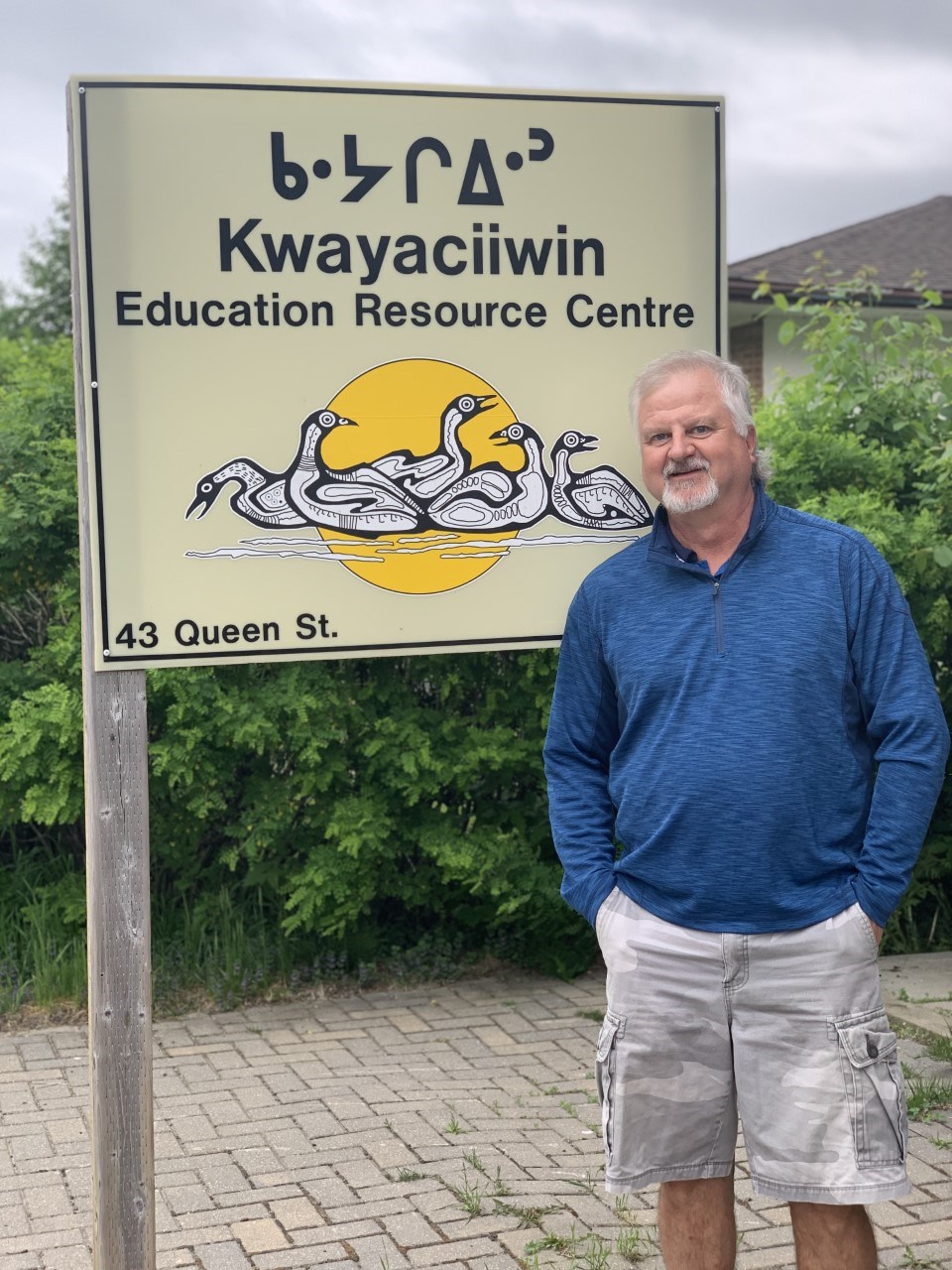Last June, as the 2020-2021 school season wound down, Virden Junior High Principal, Don Nahachewsky prepared to trade his long-time leadership role in Virden for the broader responsibility to support education in Ontario’s Northern remote schools.
No longer a local school administrator, Mr. Naha, as he was known to his Virden students, is now a School Success Coach employed at Kwayaciiwin Education Centre in Sioux Lookout, Ont.
Kwayaciiwin Education Resource Centre provides comprehensive support to schools to promote bilingual, bicultural student success.
These schools it serves are truly remote. Red Lake is one of the nearest large communities and it’s a four-hour drive from Sioux Lookout, or you can fly in.
The northmost community in Ontario is Fort Severn, a fly-in community on Hudson Bay that’s home to some 90 families of the Swampy Cree First Nation. By land, it’s a roundabout, 24-hour journey through Manitoba, with Ashern, Manitoba being the half-way mark.
“A highlight is to work in the northern communities. It is exciting to travel by airplane to work! I enjoy the (school) staffs and especially the students that my team and I work with,” says Nahachewsky.
The Kwayaciiwin centre provides coaching and mentoring for school staff in these remote communities, including curriculum development, school success planning, learning assessments and more.
“We provide support in Literacy, Numeracy, Special Education and IT just to name a few of our services.”
Using the Ontario Leadership Framework as a foundation, he supports school administrators, helping them plan and run successful schools by providing Professional Development. Topics have been focused on management and leadership development. “Some examples are Change Theory, Legal Issues, School Improvement Planning, Staff Evaluation, Assessment, Effective Schools and Instructional Leadership just to name a few.”
Nahachewsky says he works with a great team of people, all dedicated to the success of the students from these Northwest Ontario schools.
“I have been developing a Principal’s Learning Network. My goal is to build a network of collegial support to discuss best practices and [to provide] a time for sharing. We just finished hosting the successful Kekeenamawkayo Education Conference in Winnipeg.”
The three-day education conference, held every two years, features workshops, training sessions, and keynote speakers on a variety of topics geared to helping educators and administration gain knowledge and expertise in Special Education, Language teaching methods, K-8 lesson planning, and technology for the classroom.
It’s an inspiring time for teachers of First Nations students.
“It was great to finally have a face-to-face conference. I’m getting tired of zoom!”
Nahachewsky sounds like he’s looking forward to another year as they are planning for the upcoming school year and supporting students returning from a couple of years of COVID.
“I am really enjoying my role, I’ve met a lot of great people, and have learned so much.
“Sioux Lookout is a beautiful place and has a great golf course, but I try to get back home to Virden every couple of weeks!”
Sioux Lookout lies halfway between Thunder Bay and Winnipeg. The town sits on the lakeshores of Pelican, Abram and Lac Seul in the rugged, but scenic Canadian Shield. http://visitnorthwestontario.com/communities/sioux-lookout/#
The municipality, with a culturally diverse population of over 5,300 residents, is considered the “Hub of the North”, providing essential services to 30,000 people in 29 remote First Nation communities.




